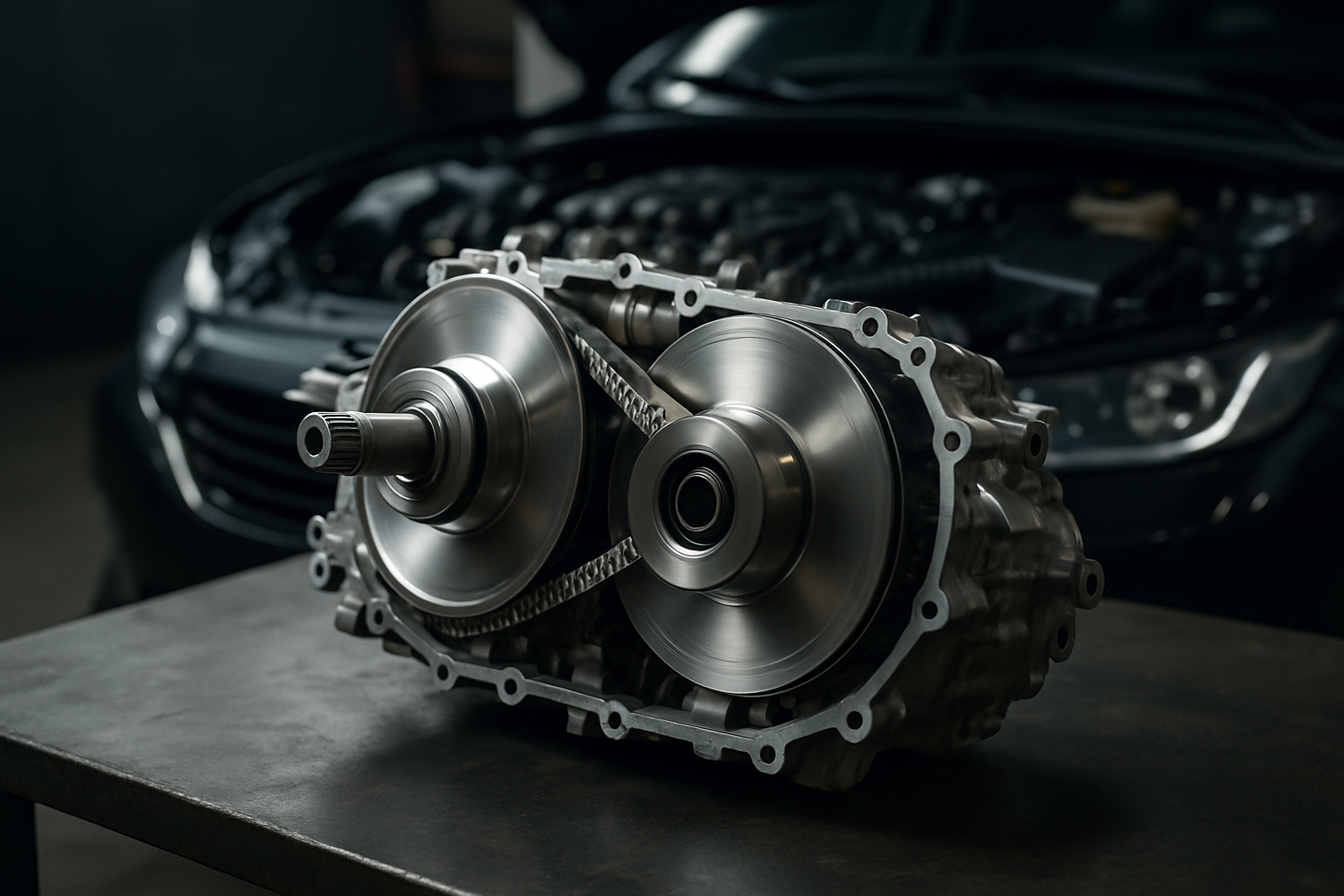Global service and parts sourcing for folding roof repairs
Finding reliable parts and service for folding roofs requires understanding both mechanical and material needs. This article outlines global sourcing options, common failure points, service categories, and how diagnostic tools and maintenance practices support long-term roof function.

Folding roofs on modern vehicles combine mechanical systems and soft or hard materials to deliver a retractable top that performs reliably in varied climates and driving conditions. Global sourcing and service networks play a central role when components such as actuators or seals fail, when fabric or insulation requires replacement, or when corrosion and aerodynamics issues affect fit and finish. Understanding supplier types, diagnostic approaches, and maintenance priorities helps owners and technicians make informed decisions about repair and parts sourcing.
Retractable system components and actuators
Retractable roof systems rely on coordinated actuators and motors to move linkages and panels smoothly. Actuators can be electrical, hydraulic, or a hybrid; motors provide torque while electronic controls time the sequence. When sourcing parts globally, verify part numbers and compatibility with chassis software, since control modules and connectors vary by market. Replacement actuators should match stroke length and mounting points, and suppliers often list these specs. Faulty actuators typically present as uneven movement, unexpected stops, or error codes in diagnostics that must be read with appropriate interfaces.
Softtop materials, fabric and seals
Softtop repairs focus on fabric replacement and seal integrity. Fabrics range from multi-layered canvases to vinyl composites that include insulation layers and backing. Seals prevent water ingress and preserve aerodynamic sealing; degraded seals can expedite corrosion and interior damage. When sourcing fabric and seals abroad, check material composition, UV resistance, and stitch patterns to ensure color and texture match. Many specialist suppliers provide cut-to-fit kits and adhesive systems designed for local service shops or owner-installation while maintaining warranty considerations.
Hardtop modules, insulation and aerodynamics
Folding hardtops combine rigid panels with insulation to control cabin temperature and wind noise. Insulation compounds and panel bonding methods vary by manufacturer and affect aerodynamics and NVH (noise, vibration, harshness). Replacement panels or insulation pads must align with original aerodynamic profiles to avoid buffeting or increased drag. Global suppliers of replacement panels may offer refurbished OEM modules or aftermarket alternatives; check fit tolerances and finish to maintain proper airflow and sealing when sourcing internationally.
Hydraulics, motors, corrosion and durability
Hydraulics and electric motors are common drive methods for folding roofs. Hydraulic systems require attention to hoses, fittings, and fluid cleanliness; contamination accelerates wear and can lead to leaks. Electric motors need proper cooling and protection from moisture, as corrosion on terminals or gear assemblies reduces durability. When selecting global parts, prioritize corrosion-resistant finishes and inspect return policies for critical components. Regular maintenance—fluid changes, terminal cleaning, and protective coatings—extends system life and reduces the risk of sudden failures.
Diagnostics, sensors and maintenance practices
Modern folding roofs integrate sensors and diagnostics to ensure sequence safety and alignment. Sensors detect position, latch engagement, and panel contact; diagnostics interfaces report error codes that guide repairs. Global service networks often provide software updates to control modules and calibration procedures for sensors. Routine maintenance includes sensor checks, lubrication of pivot points, seal conditioning, and visual inspections for fabric wear or corrosion. Keeping a service log and verifying diagnostic readings before ordering parts helps avoid unnecessary replacements.
| Provider Name | Services Offered | Key Features/Benefits |
|---|---|---|
| Webasto | OEM and aftermarket folding roof components; service network | Global reach, OEM-level parts for retractable and hardtop systems |
| Magna International | Design and supply of convertible roof systems to OEMs; part sourcing | OEM-grade assemblies, engineering support for integration |
| OEM dealership networks (BMW, Mercedes-Benz, Porsche) | Parts, software updates, certified repairs | Vehicle-specific components, factory diagnostics, warranty-aligned parts |
Prices, rates, or cost estimates mentioned in this article are based on the latest available information but may change over time. Independent research is advised before making financial decisions.
Sourcing strategy and logistics for international repairs
When sourcing parts globally, balance lead times, customs and return policies against cost and authenticity. OEM dealers and major suppliers typically provide serial-numbered components and access to diagnostic updates; specialty aftermarket vendors can deliver fabric kits, seals, and generic actuators faster and often at lower cost. Consider shipping conditions for fabric and seals, as extreme temperatures or moisture during transit can affect adhesion and material properties. For complex hydraulic or electronic failures, working with an experienced service provider in your area ensures correct calibration and safety testing.
Folding roof systems demand a systems-level approach: matching the right parts with accurate diagnostics and consistent maintenance extends durability and preserves aerodynamics and cabin comfort. Global sourcing expands options, but careful verification of specifications, supplier reputation, and service capabilities is essential to successful repairs and long-term reliability.






